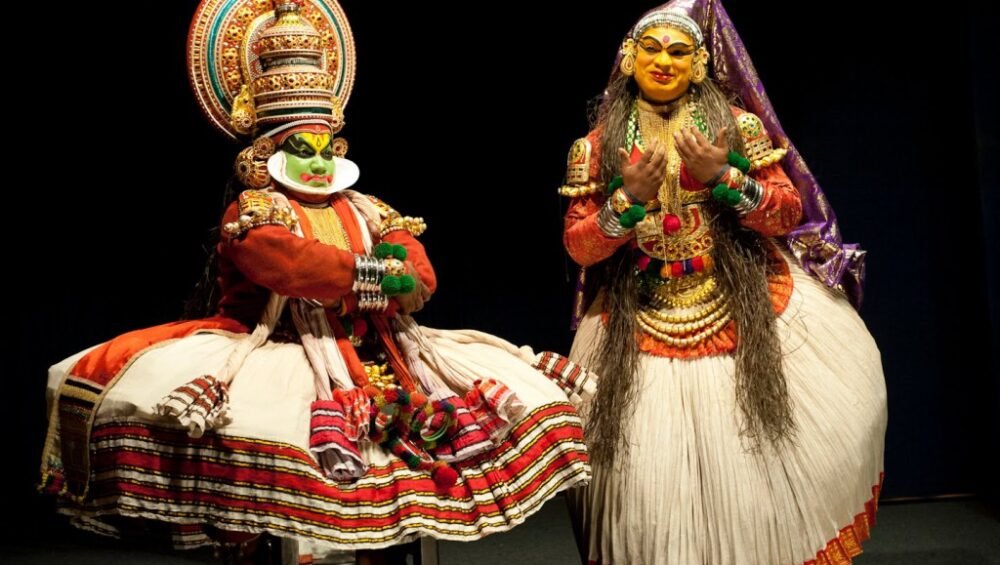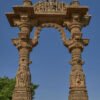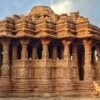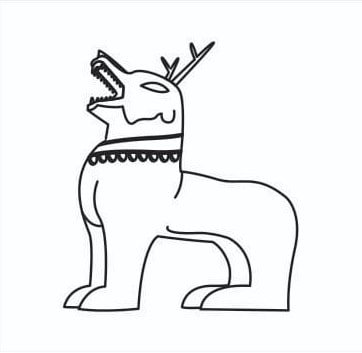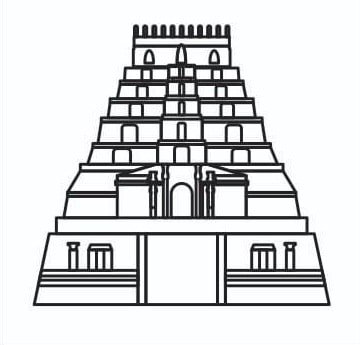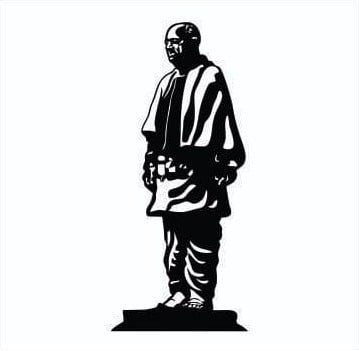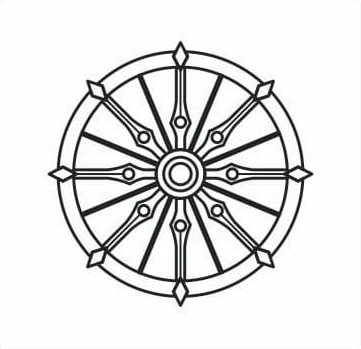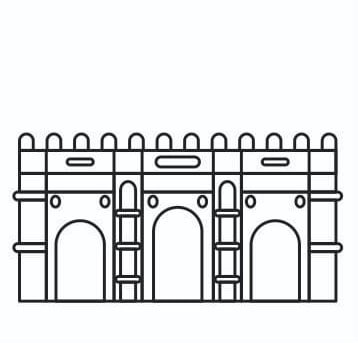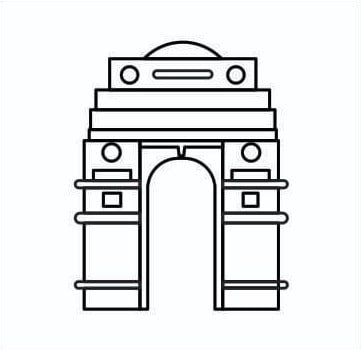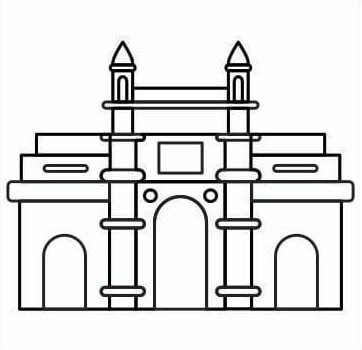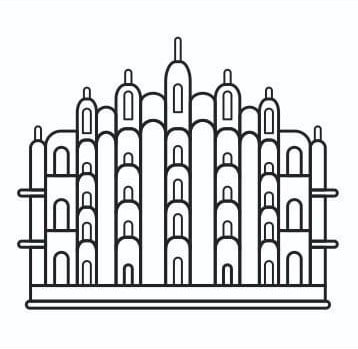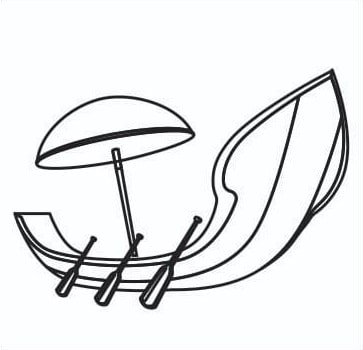Monument – Classical Kathakali, Kerala
Built by – Developed under the patronage of the prince of Karnataka
Built in – originated in 17th century
Kathakali, a dance drama play, originated in Kerala between the 16th and 17th centuries under the patronage of the prince of Karnataka. This 300-year-old dance form is known for narrating stories through facial expressions and background music.
The literal meaning of the word Kathakali includes ‘Katha’, which means a traditional tale, and ‘Kali’ means art. Kathakali is a beautiful dance form representing Kerala’s art and culture.
This dance form uses exquisite expressions and hand and feet movements and also consists of a unique costume which is much different from other Indian Classical dance forms. The mask also forms a major attraction to this dance. It not only involves dance, but the name denotes that it also gives vivid importance to acting as the dance is done to explain a mythological story altogether.
According to tradition, there are 101 classical Kathakali stories. Most common among them are the tales from Ramayana and Mahabharata. It combines devotion, drama, dance, music, costumes and make-up into a religious experience for all who view it.
On your next visit to Kerala, visit the traditional theatres to enjoy one of the classical Kathakali stories.
Photo Courtesy – www.utsavpedia.com
